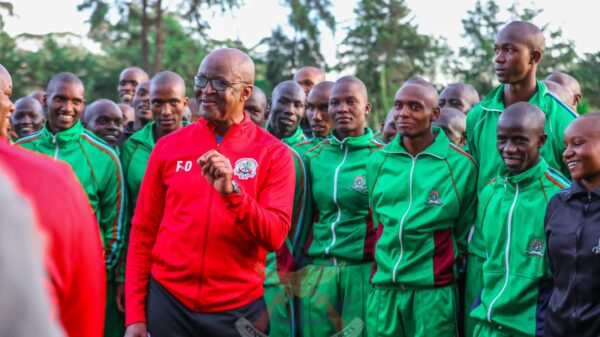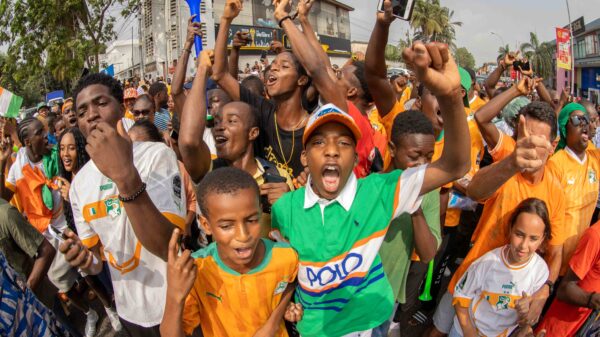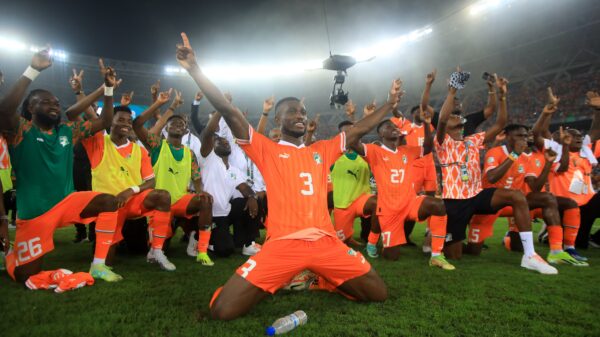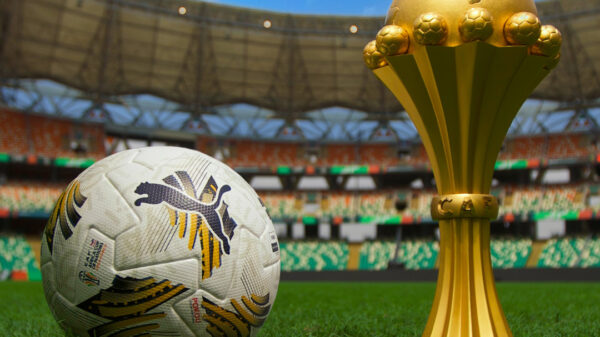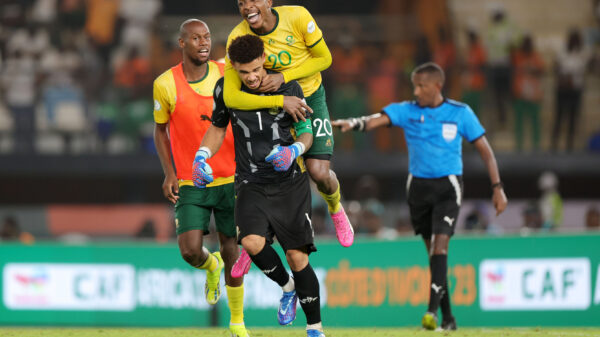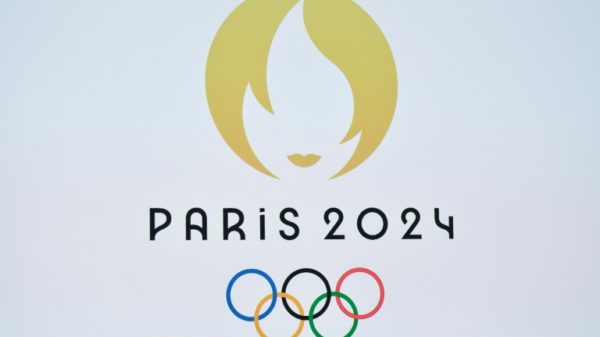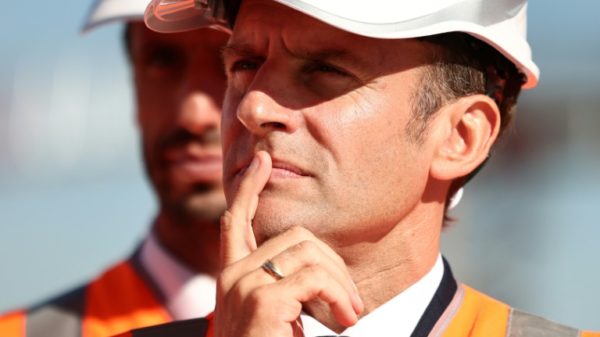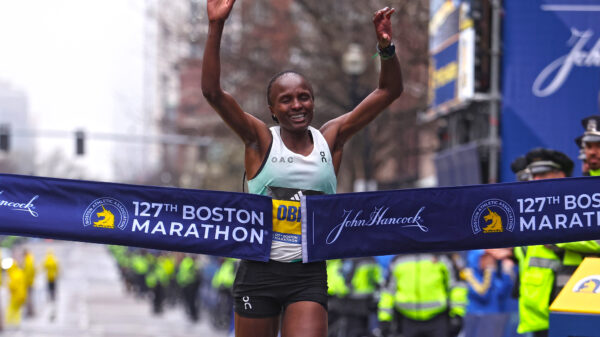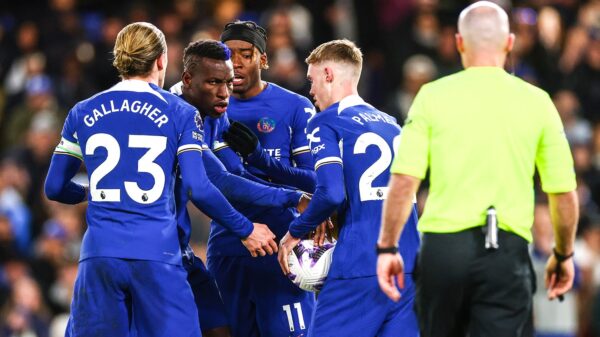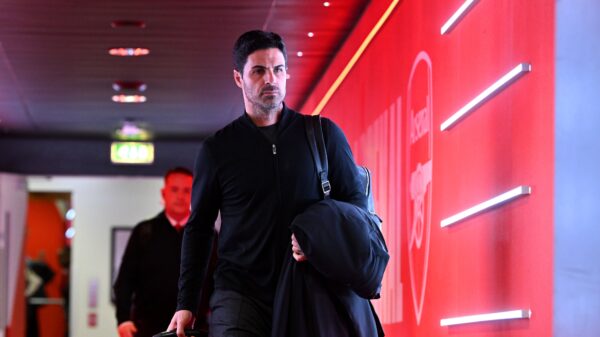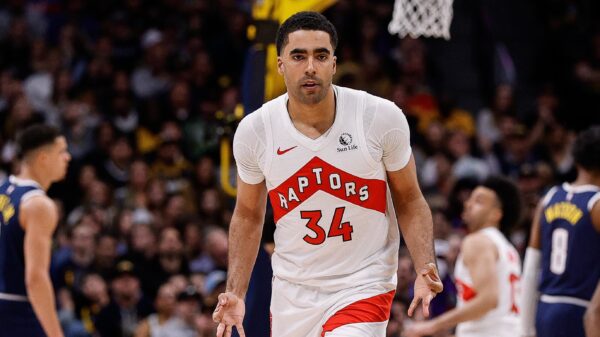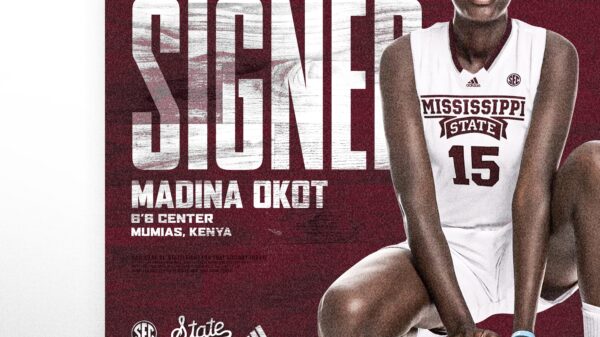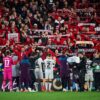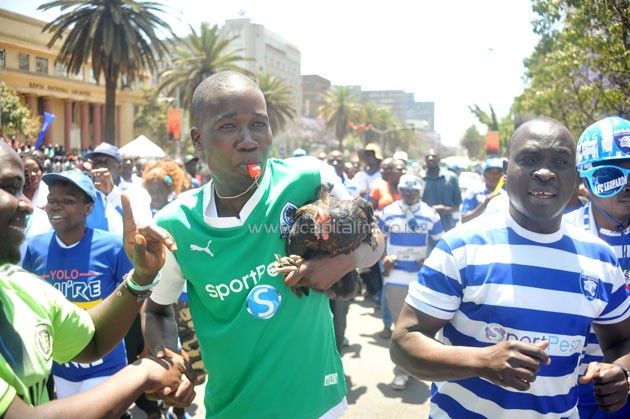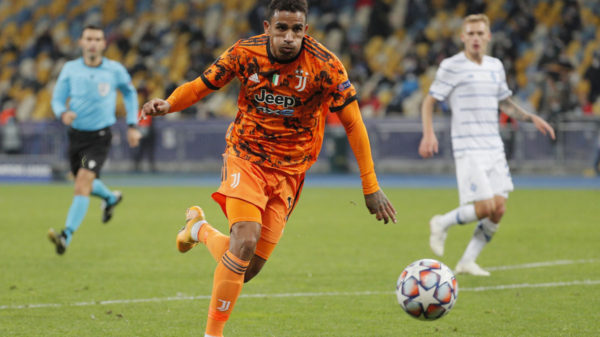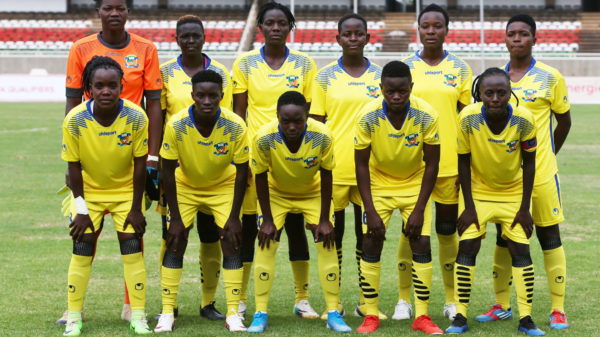 PARIS, France, December 7 – Manchester United meet Manchester City at the Etihad Stadium on Sunday for the first time since the Sky Blues dethroned their neighbours to win the English Premier League title and their first top-flight crown in 44 years.
PARIS, France, December 7 – Manchester United meet Manchester City at the Etihad Stadium on Sunday for the first time since the Sky Blues dethroned their neighbours to win the English Premier League title and their first top-flight crown in 44 years.
The rivalry between the two clubs in northwest England dates back to 1881 and has developed into one of the most bitter in world football.
But the root of the enmity and jealousy — whether United’s string of domestic and European success, City’s deep-pocketed financial backers or claims about which supporters are the “true fans” of the city — has parallels around the world.
Montevideo may have an astonishing 16 derbies but with no fewer than six clubs in England’s top division — the same number as Buenos Aires — London has the most high-profile games between near-neighbours.
Proximity and similar ambitions make for the most fervent rivalries. As such, north London enemies Arsenal and Tottenham, who are based just four miles (6.4 kilometres) apart and vye for Champions League football every season, are typical.
But the fiercest of foes can bridge the gap created by playing in different divisions, as is the case of top-flight West Ham and second-tier Millwall, whose rivalry can be traced to shipyard workers in docks either side of the River Thames.
On Merseyside, in northwest England, the derby between Liverpool and Everton reached its peak in the 1980s when the league trophy went to one of the two sides for seven years running.
Despite their respective downturns in fortune, the biannual meetings between the two clubs separated only by a municipal park remain hotly contested.
In Glasgow and Edinburgh, Roman Catholicism and Protestantism provide the backdrop, particularly the “Old Firm” fixture between Celtic and Rangers and to a lesser extent Hibernian and Heart of Midlothian.
The former, though, has lost some of its lustre from a sporting perspective after Rangers went into liquidation and were demoted to the Scottish fourth tier in the close-season.
In Spain, Barcelona-Espanyol also reflects wider issues.
The match has come to symbolise regionalism, with Barca flying the flag for Catalan independence over the more moderate “Reial” Espanyol which has stronger connections to Spain’s central government and the country’s monarchy.
Similar social realities are reflected in Madrid, where Real, whose Bernabeu stadium is in the fashionable northeast, have traditionally been seen as bourgeois while Atletico, based in the southern industrial suburbs, as working class.
In Italy, AC Milan versus Inter Milan — the “Derby della Madonnina” in honour of the statue of the Virgin Mary on top of the city’s cathedral — also has its roots in socio-economics.
Inter were seen as having middle-class links, with Milan “the people’s club” but those distinctions have been blurred, with the Lombardy capital now evenly split between the “nerazzurri” (black and blues) and the “rossoneri” (red and blacks).
Class is also at the heart of the importance of matches in countries such as Turkey, Egypt and Iran.
The Cairo derby between Zamalek and Al Ahly is one of Africa’s fiercest, pitting the “elite” — Zamalek — against “the people” — Al Ahly.
Olympiakos versus Panathinaikos was originally seen as a battle between the working and the upper class. That hatred has persisted, with violence a regular feature of what is referred to as “The Derby of the Eternal Enemies in Greece”.
Last March, Panathinaikos fans rioted at the Olympic Stadium in Athens — even though there were no Olympiakos supporters present.
In Turkey, Galatasaray-Fenerbahce was seen as a clash between east and west, with the former on the western, European side of the Bosphorus and the latter on the eastern, Asian half of Istanbul, but also has roots in the rulers and the ruled.
The same is true for the Tehran derby between Persepolis and Esteghal, with Persepolis originally seen as a working class club and Esteghal — known as the “Taj” or crown before the Islamic revolution of 1979 — supported by the establishment.
United manager Alex Ferguson has called the match against Manchester City “the biggest of all the derbies”.
He may have a point in terms of global visibility: the English Premier League is the most-watched league in the world.
But the fixture is unlikely to surpass the 100,000 fans who regularly watched the Canon-Tonerre derby in Yaounde, Cameroon, in the 1970s and 1980s or the record 120,522 who saw Corinthians play Palmeiras in Sao Paulo, Brazil, in 1974.

